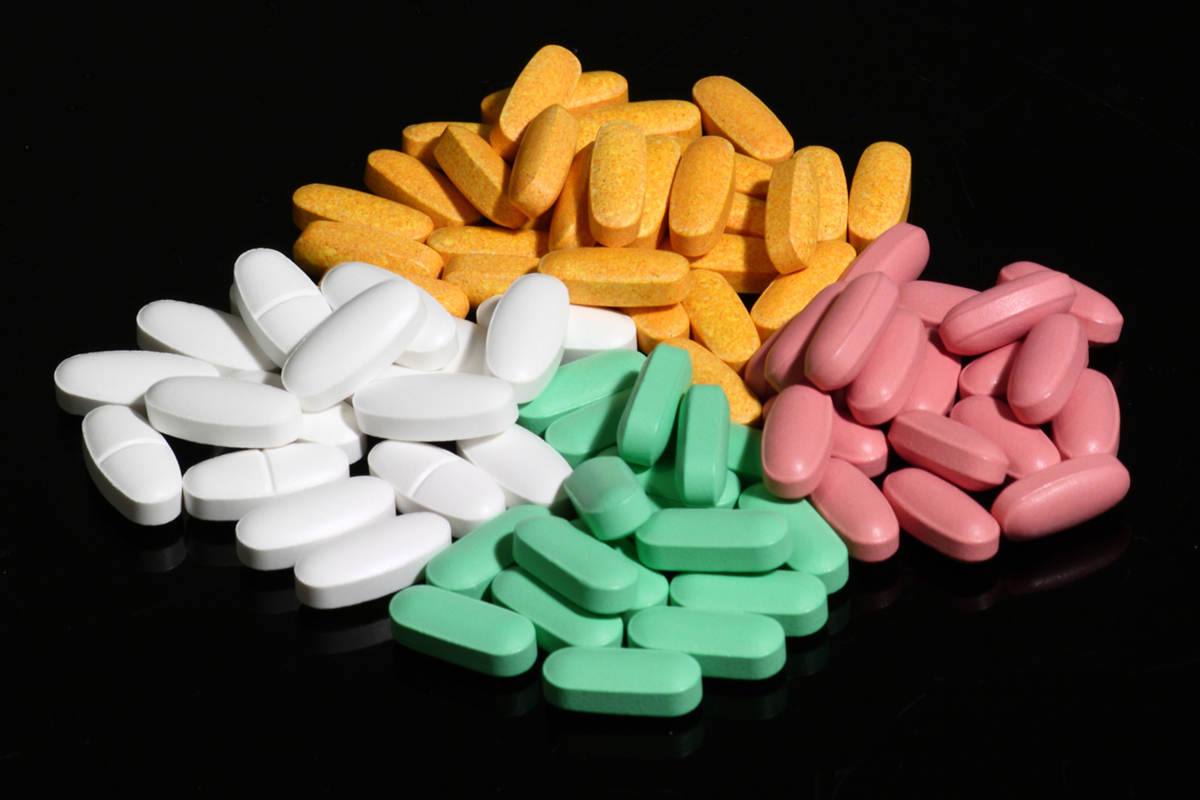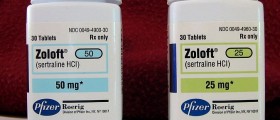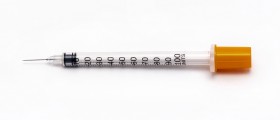
Sulfasalazine
Sulfasalazine is used in treatments of ulcerative colitis, inflammatory bowel disease and rheumatoid arthritis. This medication is known to affect the attacks of ulcerative colitis and make them less frequent.
The exact mechanism of action of sulfasalazine is not known. Since it is not absorbed from the guts, it’s presumed that the active metabolite 5 ASA (5-amino-salycilic acid) is responsible for the therapeutic effects, reacting to inflammatory agents in the intestines.
Side Effects of Sulfasalazine
Many sulfasalazine patients experience intestinal problems when using this medication. Gastrointestinal issues and hypersensitivity are the most common reason for cancelation of sulfasalazine, and more the 13% of the patients can’t tolerate this medication.
Patients often complained about nausea, dyspepsia, vomiting, abdominal problems, sometimes diarrhea gastric problems and distorted taste. Stomatitis, hemorrhagic colitis and neutropenic enterocolitis are less frequent. Also, sulfasalazine patients may have problems with absorption of folic acid and digoxin.
Symptoms of hypersensitivity are usually rash, eosinophilia, vasculitis, photo-sensitivity, joint pain, edemas, and hair loss. Sulfasalazine may even cause severe reaction, such as anaphylaxis, Stevens-Johnson and Lyell’s syndromes, exfoliative dermatitis, eye damage, pleuritis, pericarditis, myocarditis, interstitial lung disease, different liver problems and rhabdomyolysis.
Immunologic side effects are usually immunoglobulin suppression and systemic lupus erythematosus (SLE). This medication might cause rash, urticaria, itching and change of skin color, and rarely lichen planus or toxic epidermal necrolysis.
Sulfasalazine may cause liver damage, leading to elevation of liver enzymes, hepatitis, jaundice, and sometimes even cirrhosis and hepatic failure. It also affects the kidneys, and might cause oliguria, anuria, toxic nephrosis, nephritis, and nephritic and hemolytic uremic syndromes.
Agranulocitosis, presented with fever, rash and sore throat is quite often in patients using this medication. This condition requires stopping of the therapy, and it usually gets better for a week or two. Other possible hematologic side effects include: anemias, leukopenia, thrombocytopenia, congenital neutropenia, purpura, methemoglobinemia, myelodysplastic syndrome, red cell aplasia and hypoprothrombinemia.
Respiratory problems usually appear after several weeks or months of therapy. There were cases of fever, breathing problems and cough, as well as eosinophilic infiltrates and sometime severe fibrosing alveolitis and bronchiolitis obliterans.
This medication affects the heart and muscles also, and could lead to tachycardia and myopathy. Patients using sulfasalazine may also experience vision problems, fever or Kawasaki-like syndrome.
There are many nervous adverse effects of sulfasalazine, including headache, insomnia, vertigo, seizures, neurotoxicity, neuropathy and myelitis. This drug might be responsible for lesions of the posterior column, Guillan-Barre and cauda equina syndromes, loss of hearing and hallucinations. Some patients might suffer from depression, dreaming problems and confusion.
Patients using sulfasalazine may suffer from temporary sterility and impotence, oligospermia and decreased motility of the sperm. Also, these patients reported urinary infections, change in urine color and presence of blood, crystals and proteins in the urine.

















Your thoughts on this
Loading...